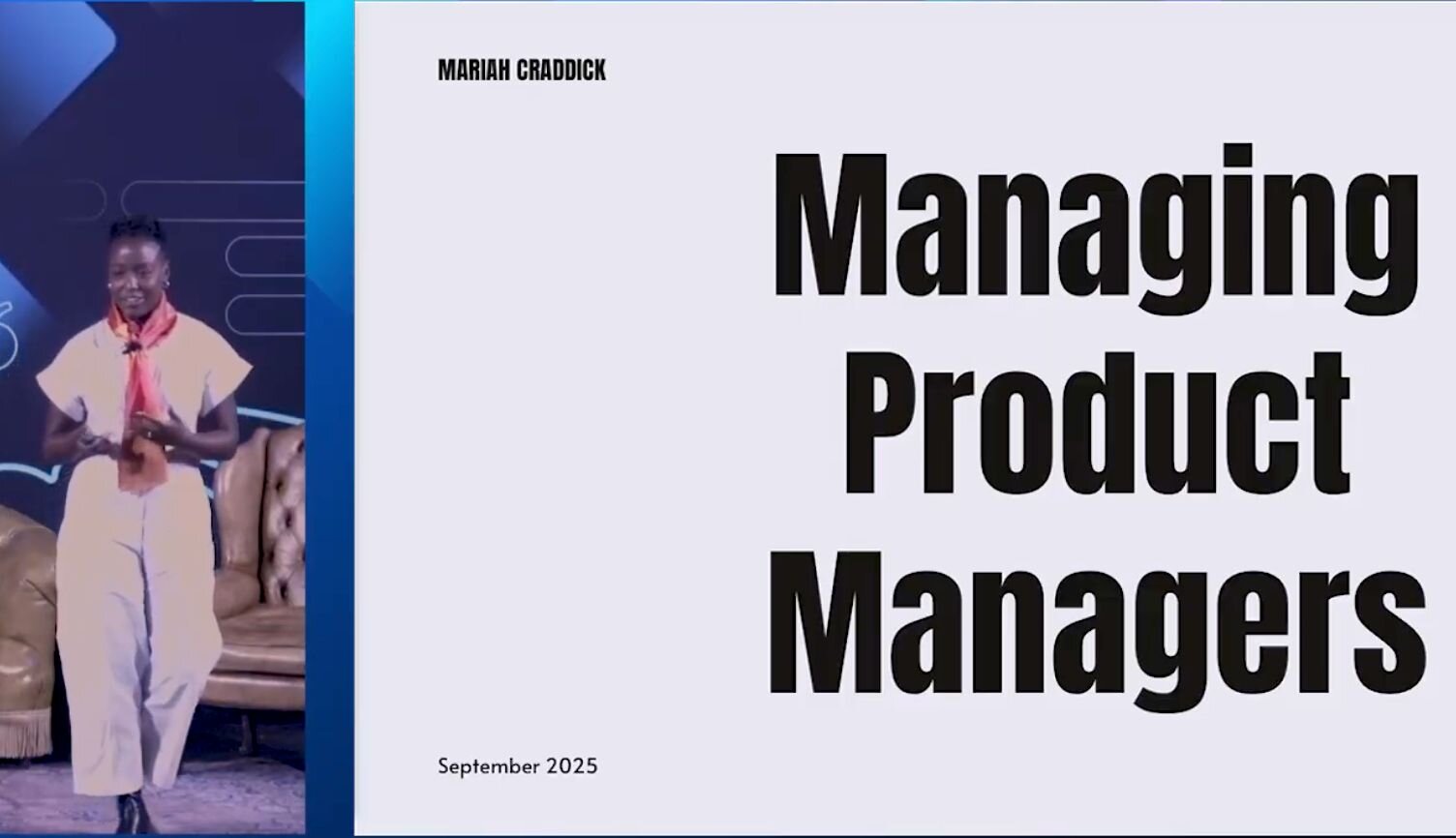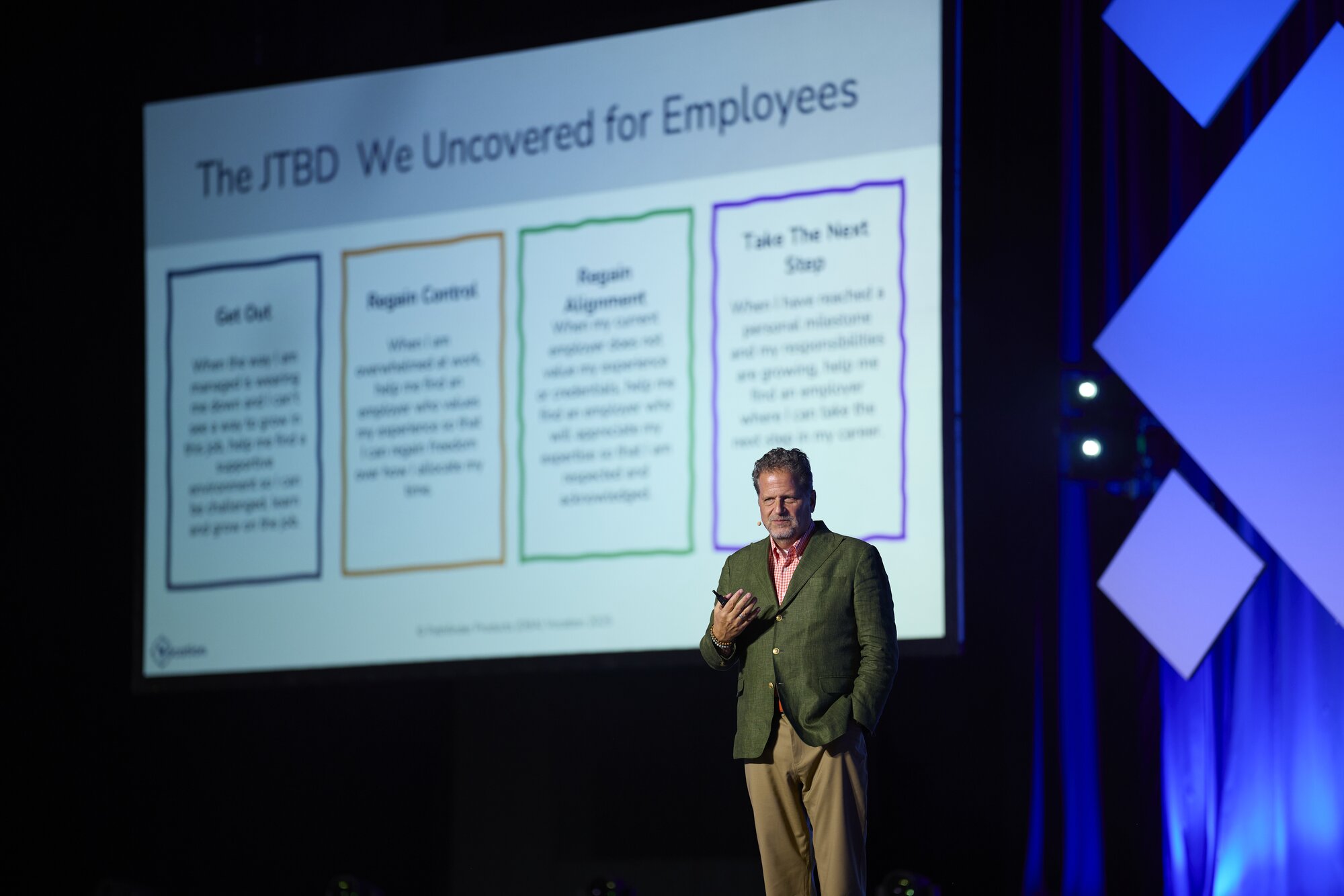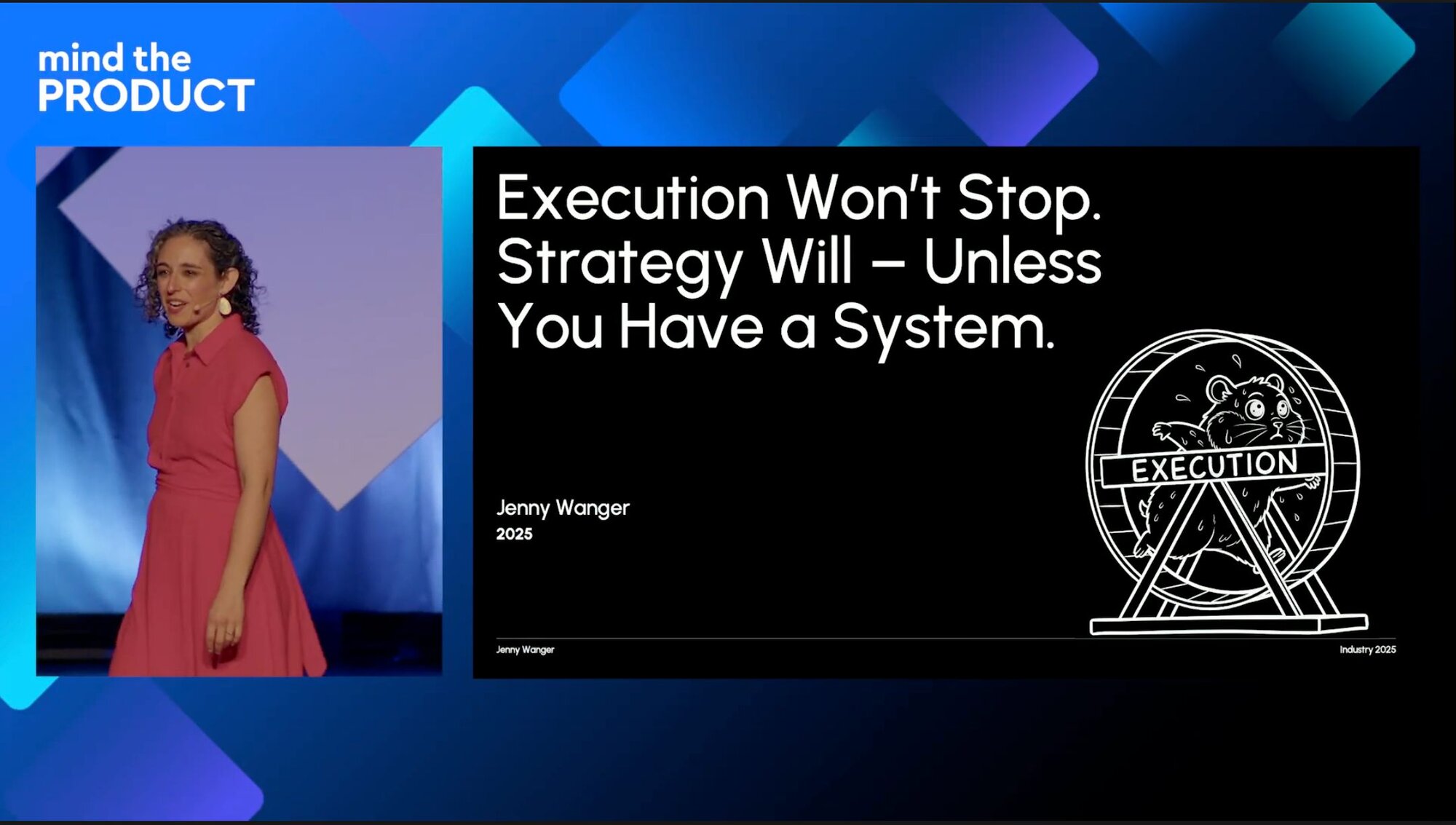In this #mtpcon Digital 2020 keynote, April Dunford, author of Obviously Awesome, answers the key question: “How do we beat our competitors?” emphasising the importance of product positioning and outlining a battleplan-like methodology, showing how to fight fights you can win, turn competitor strengths to weaknesses, and how to justify why your product is the priority.
Watch the video to see her talk in full. Or read on for an overview of her key points:
- Fight fights you can win
- Turn competitor’s strengths to weaknesses
- Justify your product as the priority
April highlights how “customers really see our products within a context of alternatives… not in isolation”. In order to sell our products we must “step back and think about how we actually beat these different kinds of competitors”.
The Hordes
April defines “The Hordes”, the first of three challengers, as “a large number of competitors that look just like us… in these markets that are super super competitive”, Showing a map of competitors within the marketing technology space, April asks: “If I'm a potential customer, how do I actually narrow down a shortlist here, there's like 7,000 of these things?"
The answer is positioning. Positioning defines how your product is the best in the world at providing some value that a well-defined set of customers cares a lot about, she says. She offers the following >methodology to understand a product’s positioning:
- Identify your true competitors: Question if a customer couldn't use you, what would they use.
- Evaluate your value: Ask what the value is of all of those features to the customer and which of those features you have (and what else do you have to offer)
- Segment your target market: Ask who cares the most about this and why? Then look at the characteristics of the customer, see which market category they’re in and where you need to be so that your value is obvious to the people you’re trying to sell to.
The answers to these questions give us market context and a consideration of how customers perceive us. They allow us to check who we’re fighting and how we can win.
The Giant
Every company has a Giant competitor, April explains, “there's always a big one in your market, and sometimes they're not even in your market”. In order to beat them, you should “use their strength against them to draw a line around their business and create your own space in the market.” Here are a few examples:
- Strength: Established
- Weakness: Legacy
- Strength: Market-leading
- Weakness: Unspecialised
- Strength: Feature rich
- Weakness: Complex
- Strength: Trusted by many
- Weakness: Slow to innovate
The second way to beat The Giant is to let them win: “I draw the picture and I give them a space.” You make concessions, saying they’re good for all of ABC but not for X.
The Ghost
Statistically the worst of the three competitors is The Ghost. Indecision, or more accurately, no decision, accounts for 20% of lost deals. April says: “To get the deal we have to beat 'do nothing'.”
Positioning gets you on a shortlist, but to beat The Ghost “you need an answer for why I got you all the way on the one-yard line… why now?”, You need to align with the specific customer's priorities to show why a decision needs to be a higher priority than anything else.
You need to capitalise on trends as well. “In every market, we've got stuff that's going on, and things that are a priority”. April references examples such as GDPR or COVID to explain how trends have a huge impact on securing a sale.
At the end of her talk, April reiterates the need to position yourself in the context of competition, understanding your value and market segment, differentiate yourself from giants and answer that all-important question: Why now?






